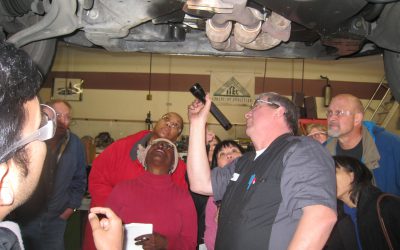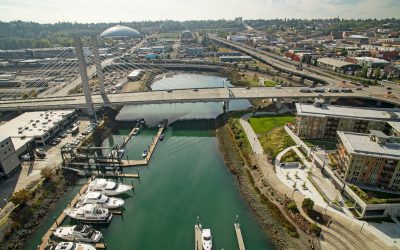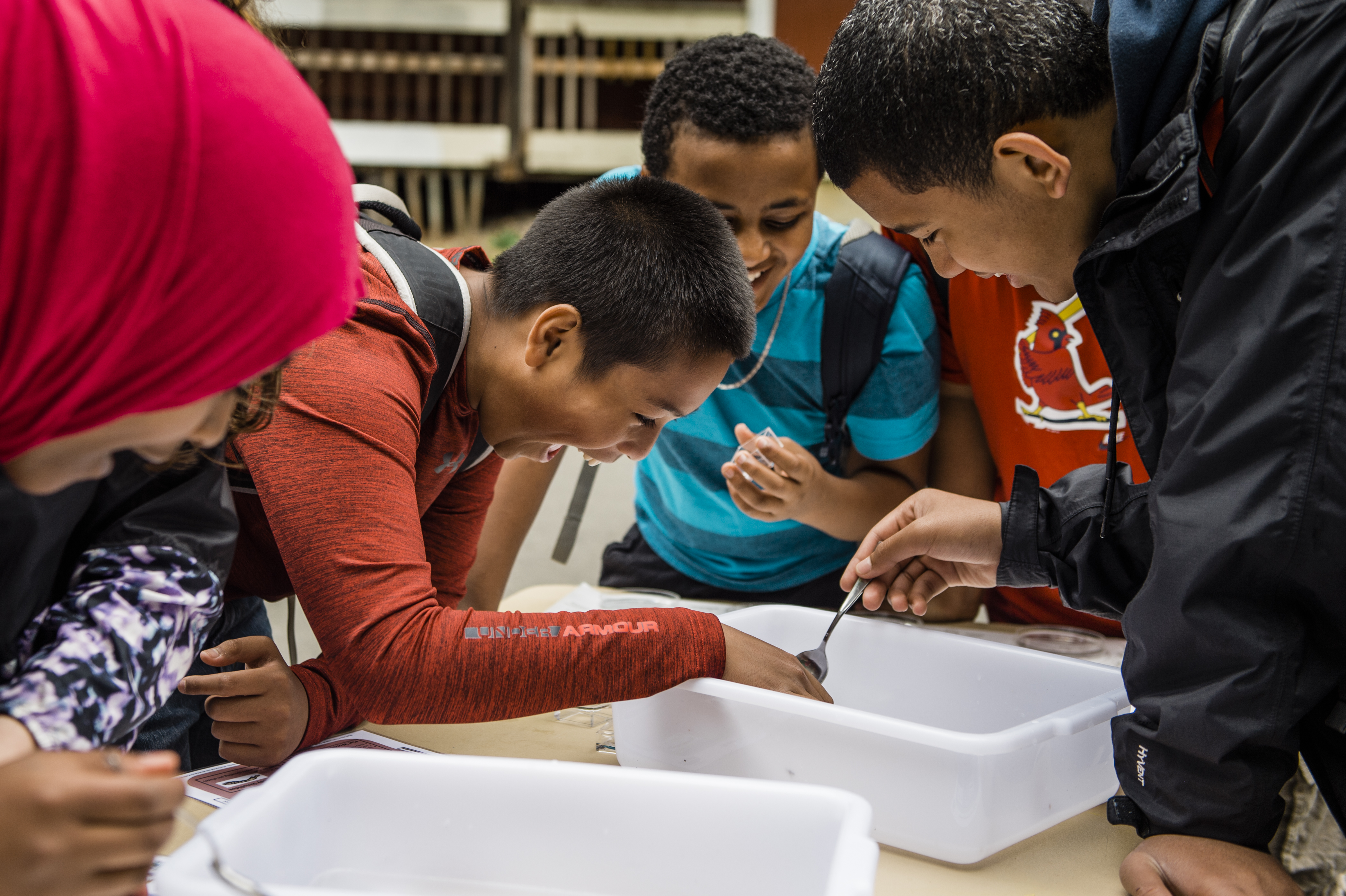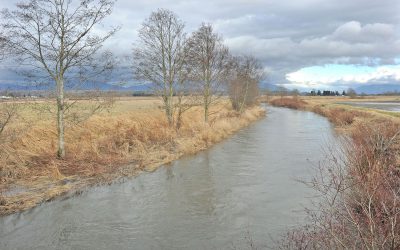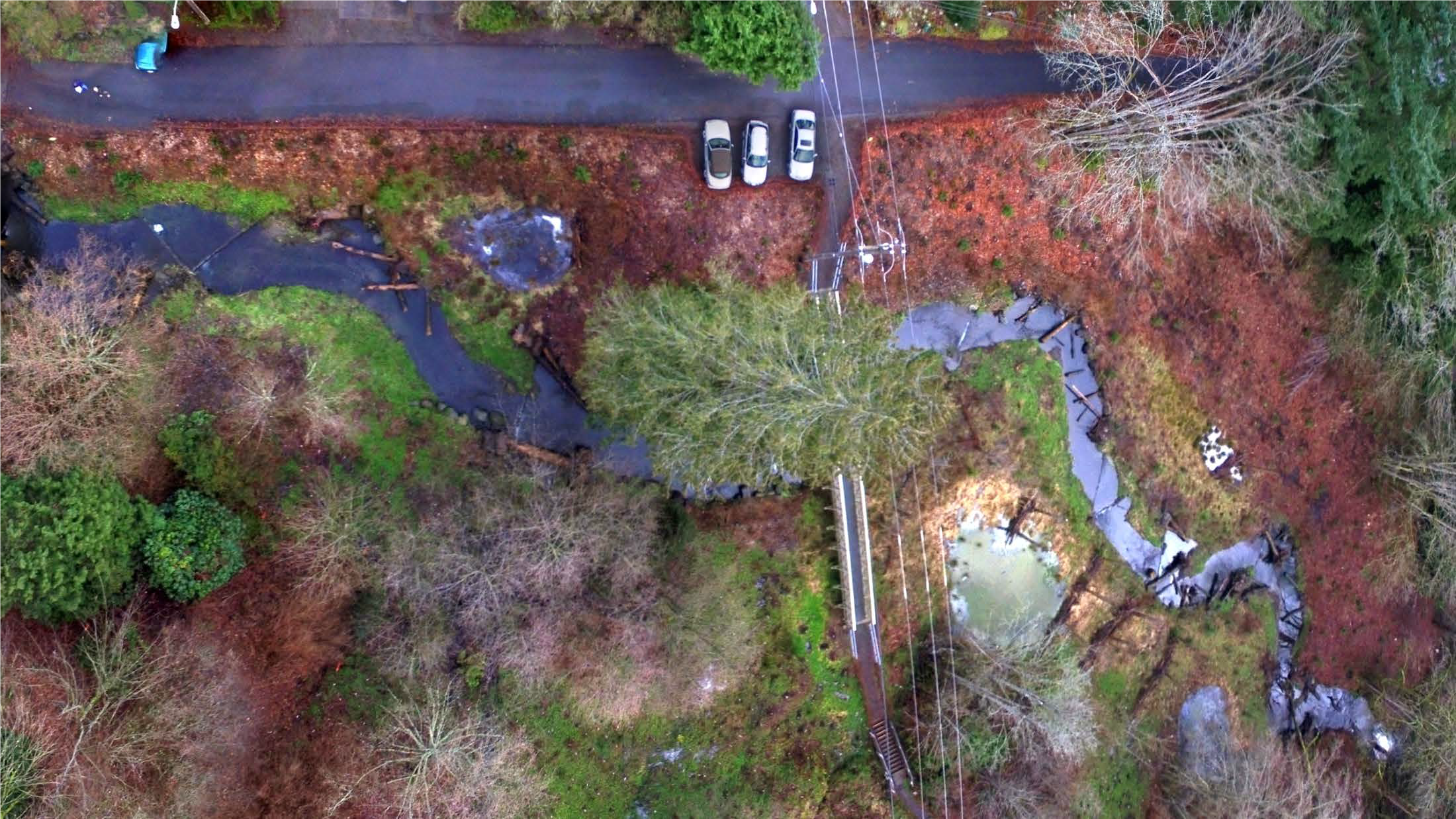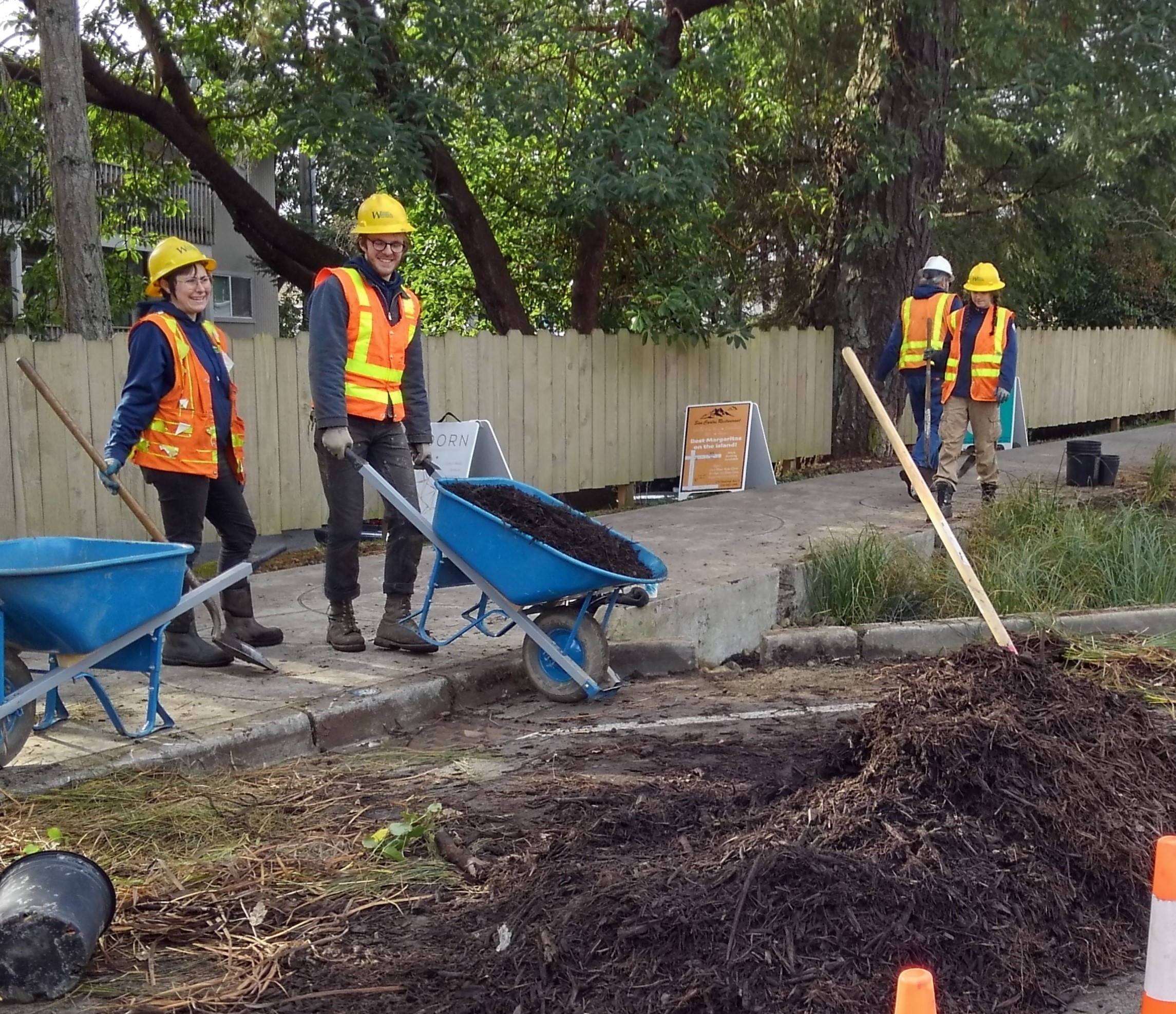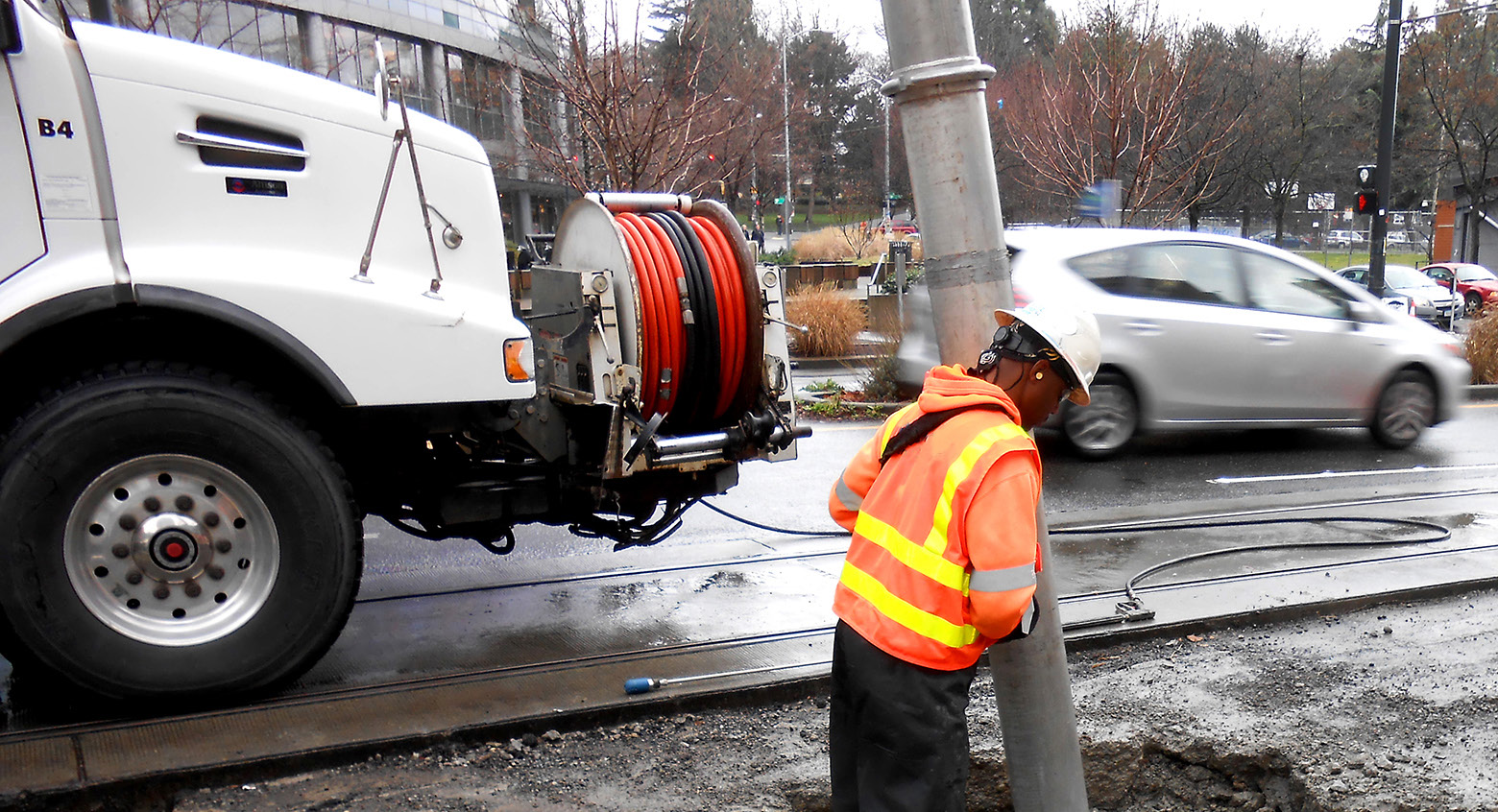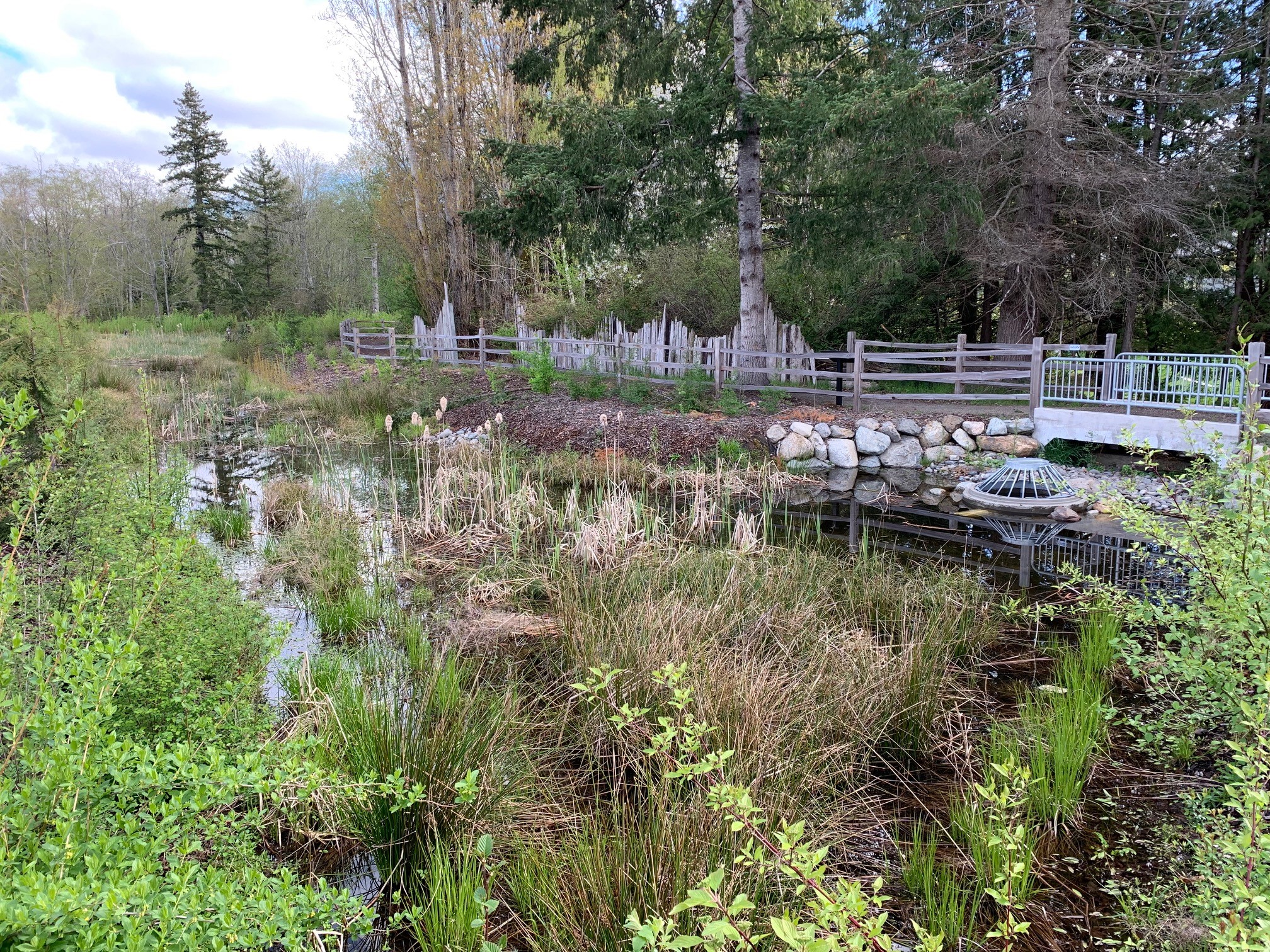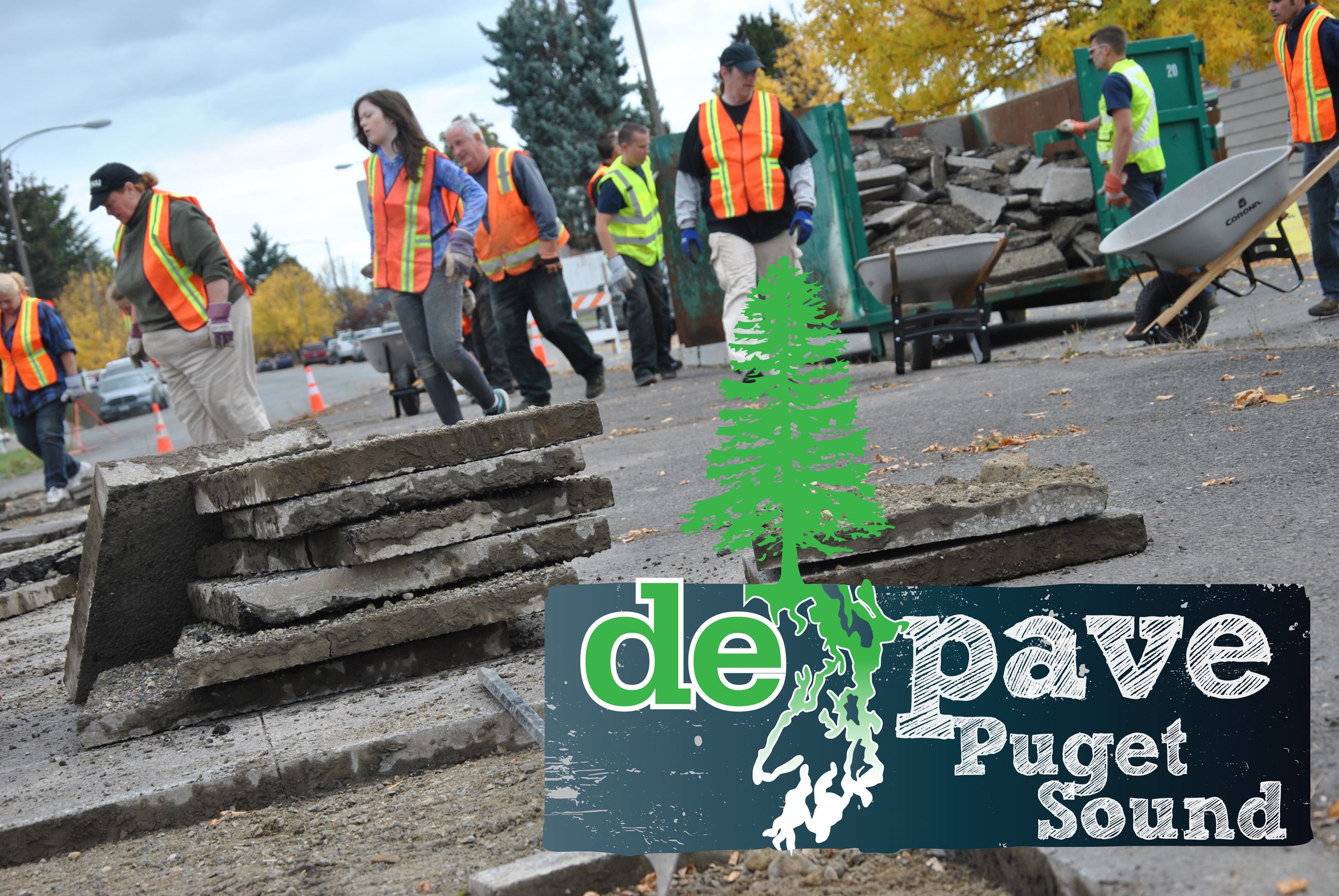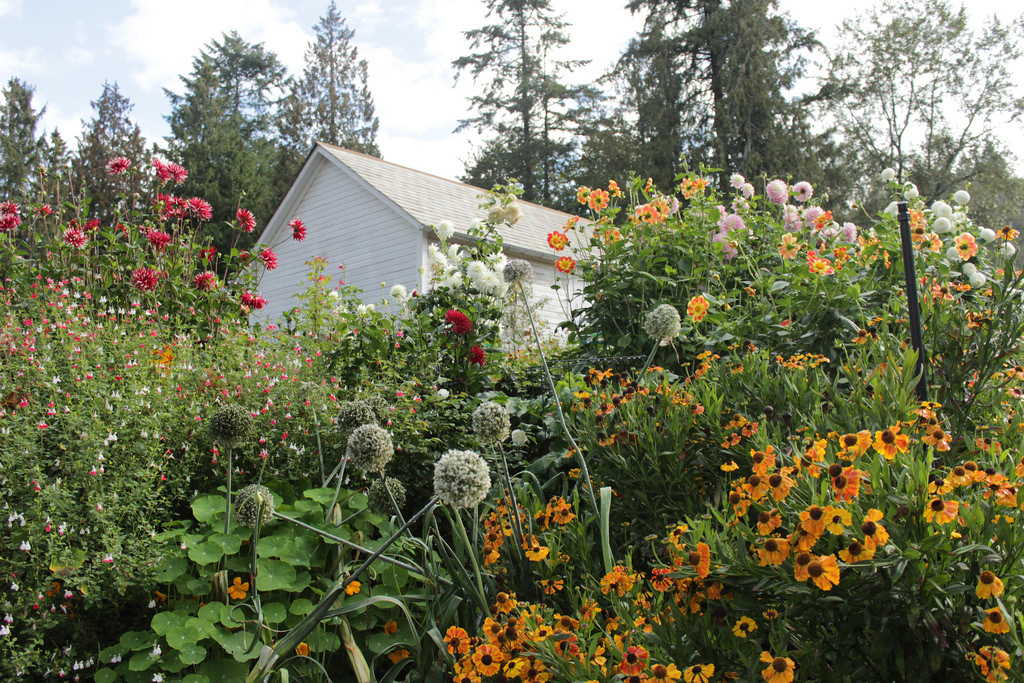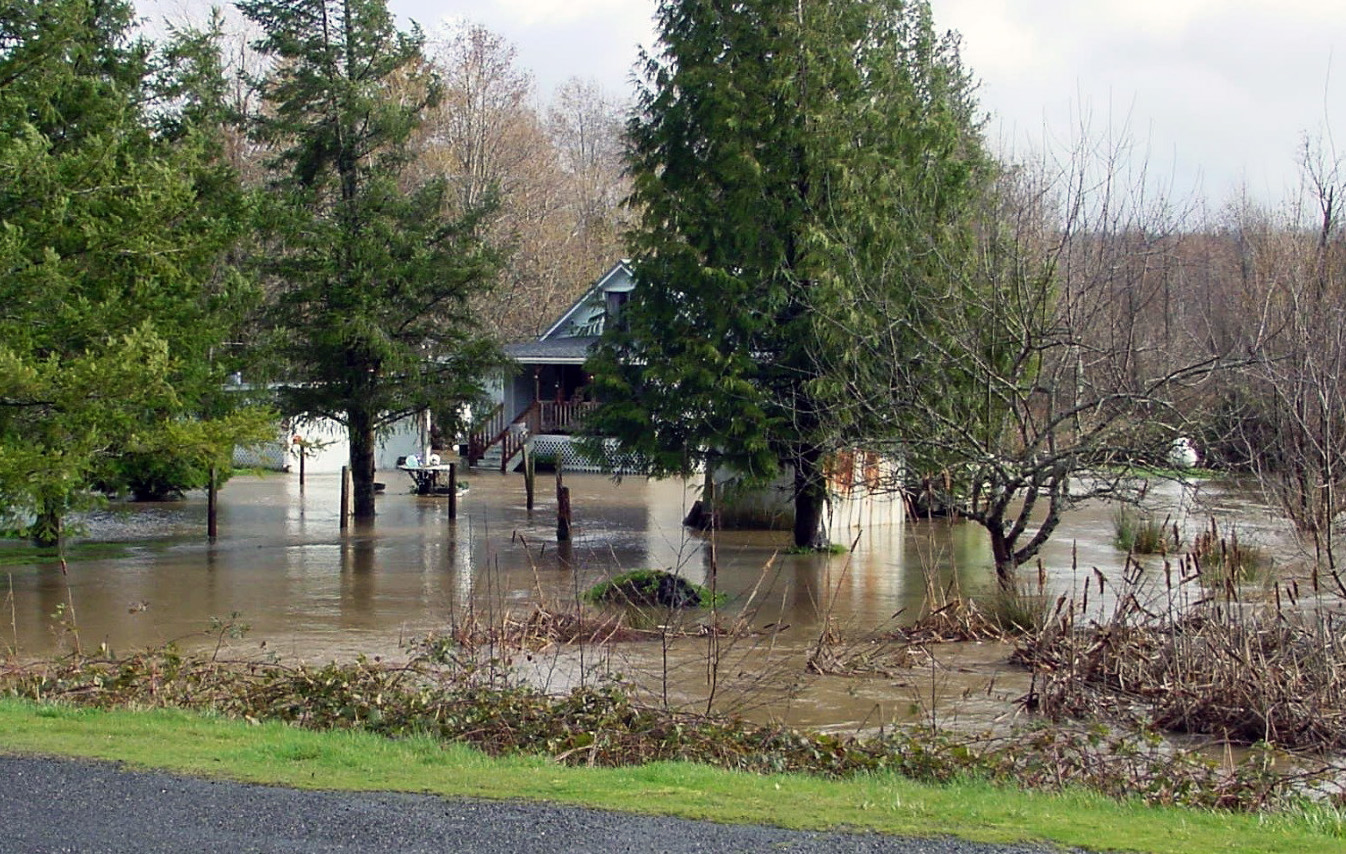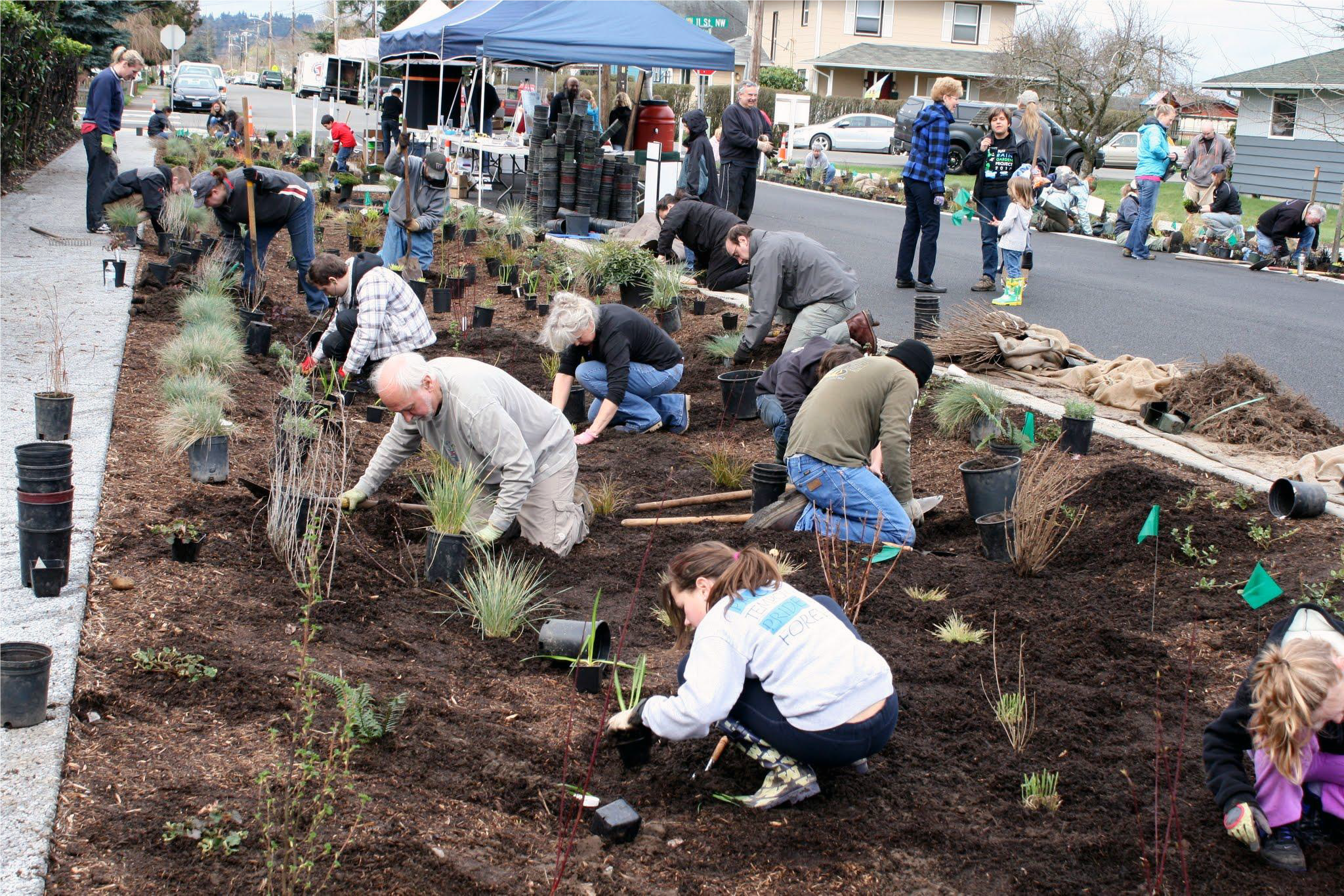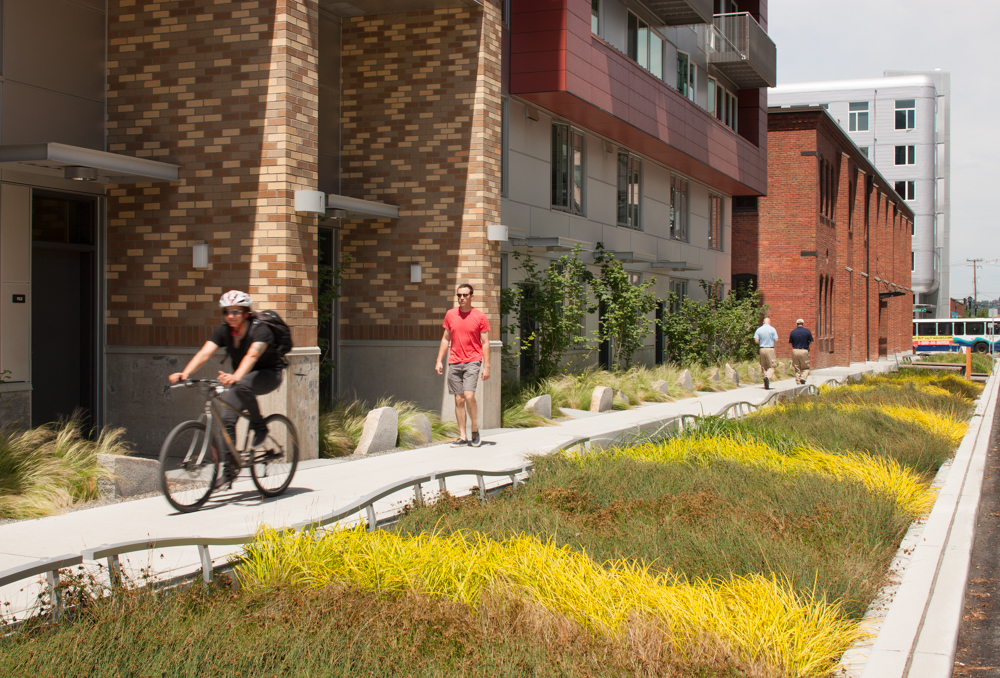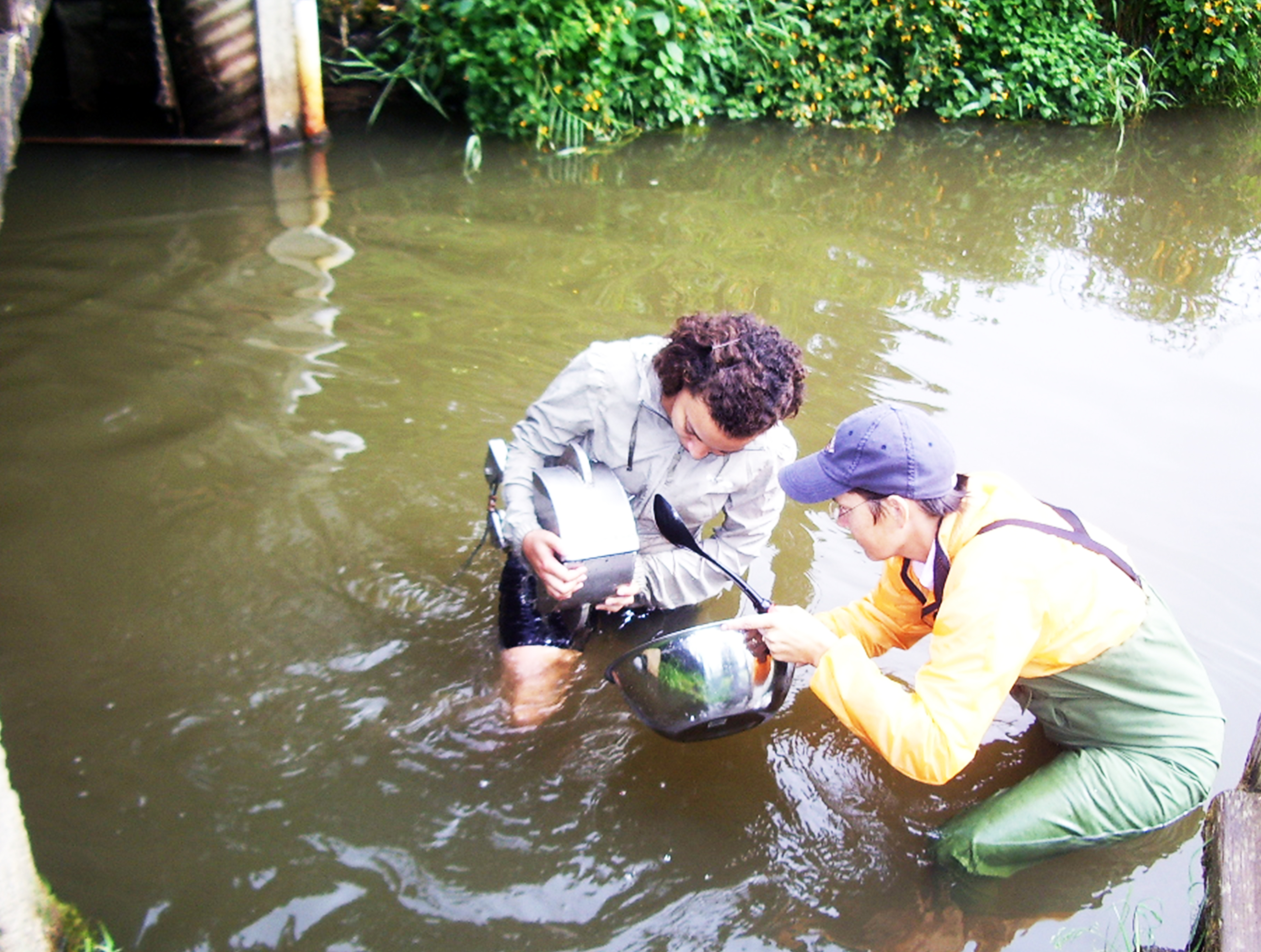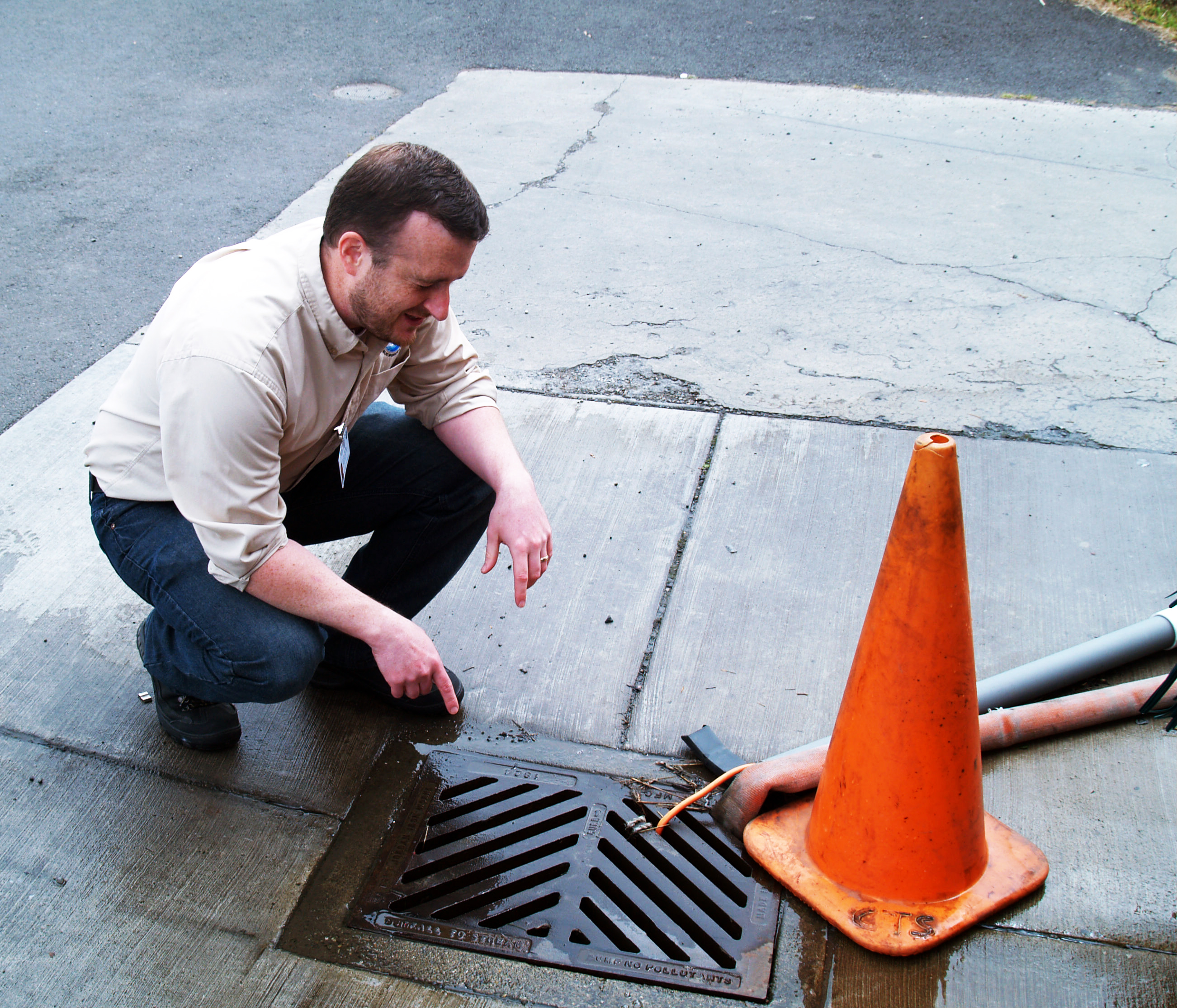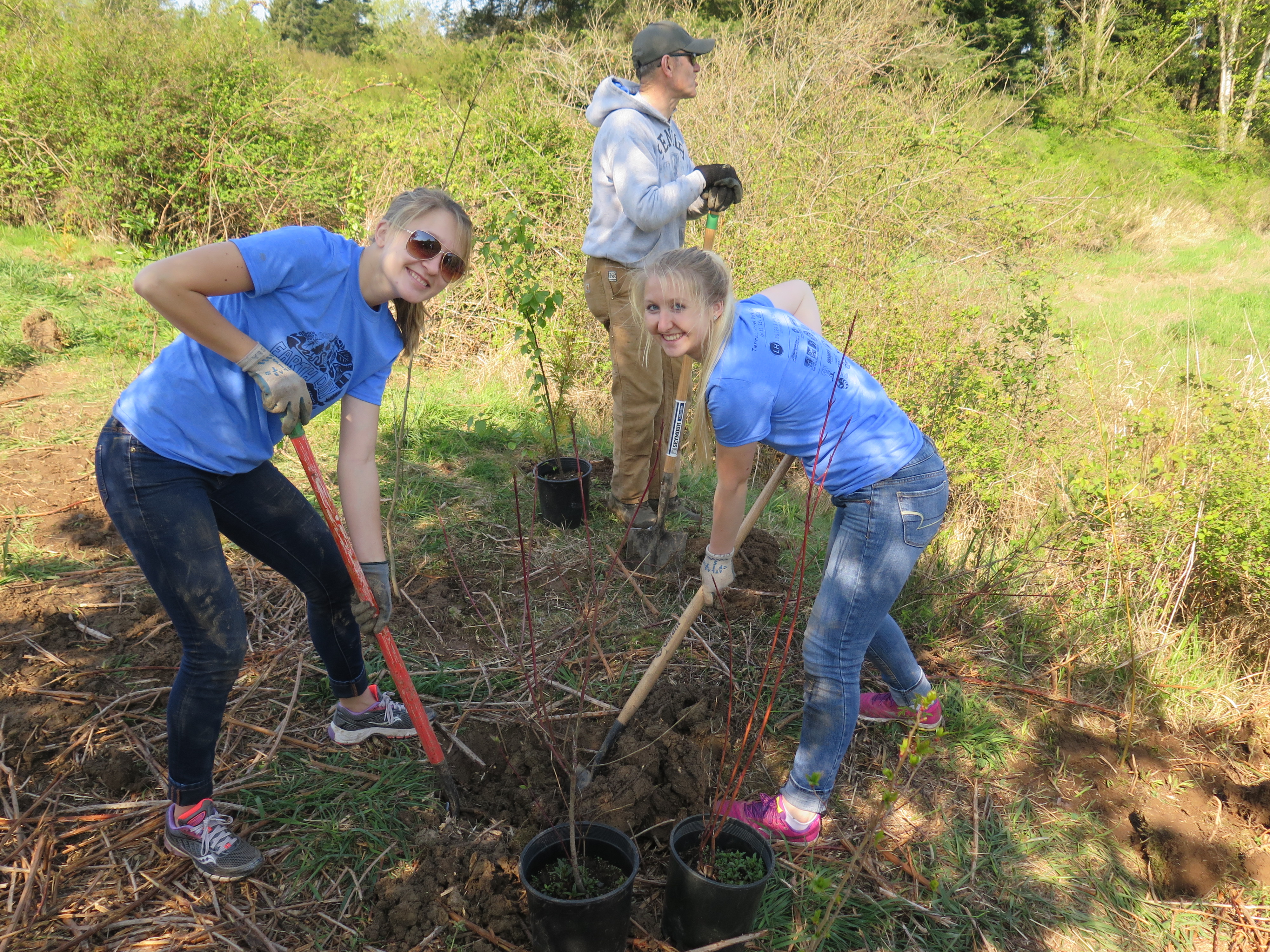Helping drivers prevent pollution from drips and leaks Each year, vehicles driving around Puget Sound leak approximately 7 million quarts of vehicle fluids, including motor oil, fuel, lubricants and more into the Puget Sound watershed. Oil and other petroleum products...
Stormwater runoff, as it flows over paved surfaces, picks up and carries urban pollutants to local streams and waterways of Puget Sound and threatens the health of our food web. Transforming paved surfaces into green space is one way to reduce the volume of water and filter the water of pollutants before it enters Puget Sound waterways. In bays where pollution has been removed through a combination of dredging and stormwater treatment actions, it has been proven that the health of bottom-dwelling fish has improved.
Tacoma stormwater system cleaning for legacy pollutants
Erasing a legacy of pollution The Thea Foss Waterway in Commencement Bay includes three miles of nearshore habitat important for fish and wildlife. This area was contaminated by over a century of industrialization and was identified by the Environmental Protection...
Thornton Creek Salmon Habitat Restoration
Salmon return to spawn after restoring an urban stream's natural habitat Chinook salmon returned to Thornton Creek in the Meadowdale neighborhood of Seattle in 2018 for the first time in twenty years. Chinook salmon were filmed laying their eggs in this urban stream,...
Bainbridge Island Downtown Corridor Bioretention Facilities Maintenance
Maintaining effective stormwater treatment and building partnerships In 2018, the City of Bainbridge Island identified maintenance needs for the publicly owned and operated bioretention facilities collecting street and sidewalk runoff from the main downtown corridor...
Kitsap County Stormwater System Operation & Maintenance
Maintaining effective stormwater facilities to reduce water pollution For Kitsap County, maintenance is the foundation of a properly functioning drainage and stormwater treatment system. This system includes: 670 stormwater facilities where runoff from roads is...
Duwe’iq Stormwater Treatment Wetland
Clear Creek, a Puget Sound salmon stream, flows into Dyes Inlet, which supports shellfish beds, water recreation activities, and nearshore wildlife habitat. Like many Puget Sound streams, Clear Creek has been encroached on by rapid development as the Puget...
Depave Puget Sound
Project Summary Nonpoint sources of pollution, such as stormwater runoff, are the biggest threats to Puget Sound water quality. Polluted stormwater carries toxins, nutrients, sediment, and bacteria to Puget Sound where these pollutants affect aquatic life and public...
Moga Farm Restoration Project
CONGRESSIONAL DISTRICT: 01 LEGISLATIVE DISTRICT: 39 WRIA: 7 CITY, COUNTY: Snohomish, Snohomish County PROJECT SUMMARY The Snohomish River is the second largest producer of Endangered Species Act-listed Chinook salmon in the Puget Sound. The Moga Farm...
Lower Big Quilcene
The Lower Big Quilcene restoration project is in the design phase of developing community-supported actions to improve flood protection for the town of Quilcene, over 30 homes, and road access to the largest employer in Jefferson County—Coast...
Puyallup Green Street
Puyallup has its first Green Street—though for now it's still called 8th Avenue. The 8th Avenue Low-Impact Development (LID) retrofit encompasses more than 18,000 square feet of porous asphalt roadway, 3,200 square feet of permeable sidewalks, and 11 rain...
Point Defiance Regional Stormwater Treatment Facility
Polluted stormwater is one of the biggest threats to Puget Sound, and the Point Defiance Regional Stormwater Treatment Facility helps counter that threat. Before the facility was built, polluted stormwater from a 754-acre watershed flowed untreated before spilling...
Clarks Creek
Clarks Creek near the city of Puyallup was the site of a recent study conducted by the Puyallup Tribe of Indians. The two-year study examined sediment sources throughout the creek, and investigators found that if 23 major sources of sediment were repaired, more...

